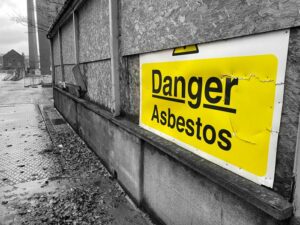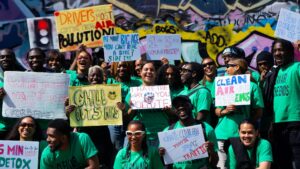New research, led by the Barcelona Institute for Global Health (ISGlobal) has found a ‘robust’ link between exposure to green spaces in early childhood and better lung function.
The research used the records of 35,000 children from eight countries (Denmark, France, Italy, Lithuania, Norway, the Netherlands, Spain and the UK), with the analysis taking place at the individual level for each participant.
The team used the Normalised Difference Vegetation Index (NDVI) to reveal how much vegetation existed within 300m of each subject’s home address. The NDVI uses satellites to provide spectrometric data to quantify the health and density of vegetation to a high level of accuracy.
The team measured lung function using spirometry tests. To assess lung volume, the researchers measured forced vital capacity (FVC), which is the maximum amount of air a person can breathe out after taking a deep breath. FEV1 (The volume of air exhaled in the first second of forced breathing after a deep inhalation) was also measured to reveal how open the airways are.
The researchers found that exposure to green spaces in early childhood was significantly associated with better lung function, particularly in girls. The effect of living near green spaces in pregnancy was also examined and found to have no correlation.
It was also seen that while the lung function of children from both low and high-income backgrounds benefitted from residential greenery, living near green spaces predominantly favoured those from higher socioeconomic backgrounds.
Amanda Fernandes, first author and ISGlobal researcher at the time of the study speculated on this: ‘One possible explanation could be that families with higher education or income may have access to higher-quality, safer, and better-maintained green areas.
‘Our understanding of how green spaces affect lung function is still incomplete,’ she concedess. ‘We know that green spaces reduce air pollution, which in turn affects respiratory health. We also believe that green spaces may expose children to beneficial microbiota, which may contribute to the development of the immune system and indirectly influence lung function. Finally, green spaces close to home are likely to reflect the presence of play areas that encourage physical activity at an age when the lungs are still developing.’
Martine Vrijheid, lead author of the study and co-director of the Environment and Health over the Lifecourse programme at ISGlobal added: ‘Our findings highlight the importance of integrating green spaces into urban environments for better respiratory health, also in children. If the way cities are configured is a factor that contributes to inequality, urban planning that consciously contributes to alleviating inequity is important.’
The full research can be read here.
















Leave a Reply